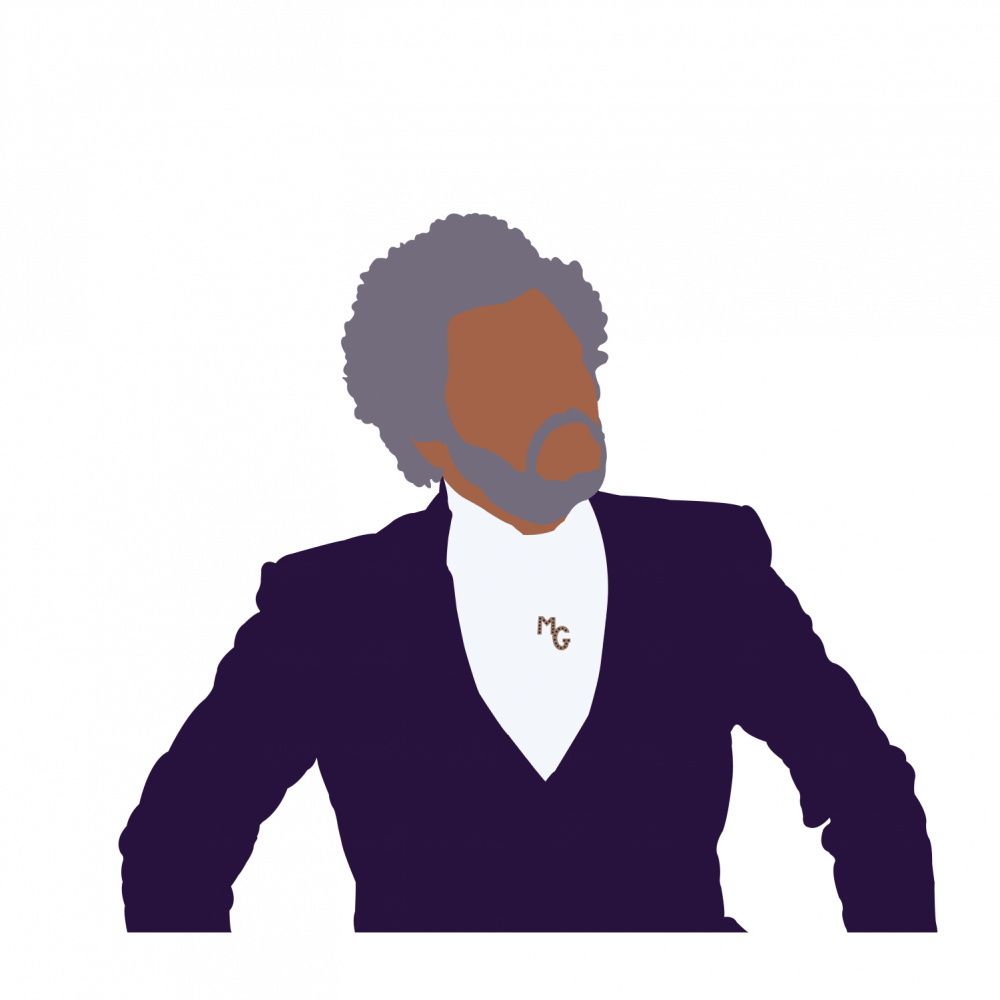M. Night Shyamalan is the king of the long-con, waiting nearly 20 years to complete a trilogy series with Blumhouse Productions’ latest release, “Glass.”
“Glass” is the final movie in the trilogy, following “Unbreakable” (2000), and “Split” (2016). The series features characters related to a train derailment in the first movie and creates origin stories where everyday humans develop unique gifts.
“Glass” spent too much of its runtime delving into the details of the two previous films in the trilogy, leaving me feeling lost as to what the actual plot of the movie was going to be.
But, considering how long-awaited this film was, it felt, well…messy.
The film took nearly half of its 129 minute run-time to reveal the main plot, so for many viewers, myself included, I was left a little lost as to where the storyline was headed. It seemed like hours had passed before viewers were given any insight to what the actual storyline was.
Most of the scenes were fairly vague, leaving much to the imagination. They were mostly cut short, quickly switching and jumping from scene to scene. At times, the film was just hard to follow. Truthfully, I got a bit bored waiting for something interesting to happen.
The movie was just painfully slow. The characters spent most of the movie in isolation from each other, allowing little to no interaction between any of them until the final half-hour of the movie.
Viewers received basically no action until the final fight scene, if you could even call it that. The dialogue was also shockingly irritating. It seemed a bit dry and lacking.
In the aspect of character development, there was little to none. If you didn’t already know the characters’ stories from the past movies, you received little to nothing on their origin. Most of their background came from Sarah Paulson’s character as Dr. Ellie Staple, a psychiatrist specializing in patients who believe they’re superheroes. She sat Dunn, Price and Crumb all in one room to talk about their “disorders.”
All those things aside, I can shed some positivity on this well, train wreck. For all the messiness of “Glass”, the scenes were shot beautifully. The angles for the monologue scenes were undeniably outstanding, especially those containing Dr. Staples speaking with or about her patients. The fight scenes had some insane angles that actually made them pretty enjoyable. Shyamalan’s directing and intriguing angles saved the not-so-good film and actually made it somewhat enjoyable.
Overall, this movie seemed more like a sequel to “Split” rather than a final piece to a three-part puzzle. It sprinkled a bit of “Unbreakable,”-- just enough to call it a trilogy, but it mostly gave McAvoy an opportunity to give us one hell of a show by playing 24 different personalities. Although I’m not sad to see this trilogy conclude, I am sad to watch McAvoy’s outstanding character come to an end.
Rating: 7/10, mostly for the shooting techniques.
“Glass”: The journey, not the destination





